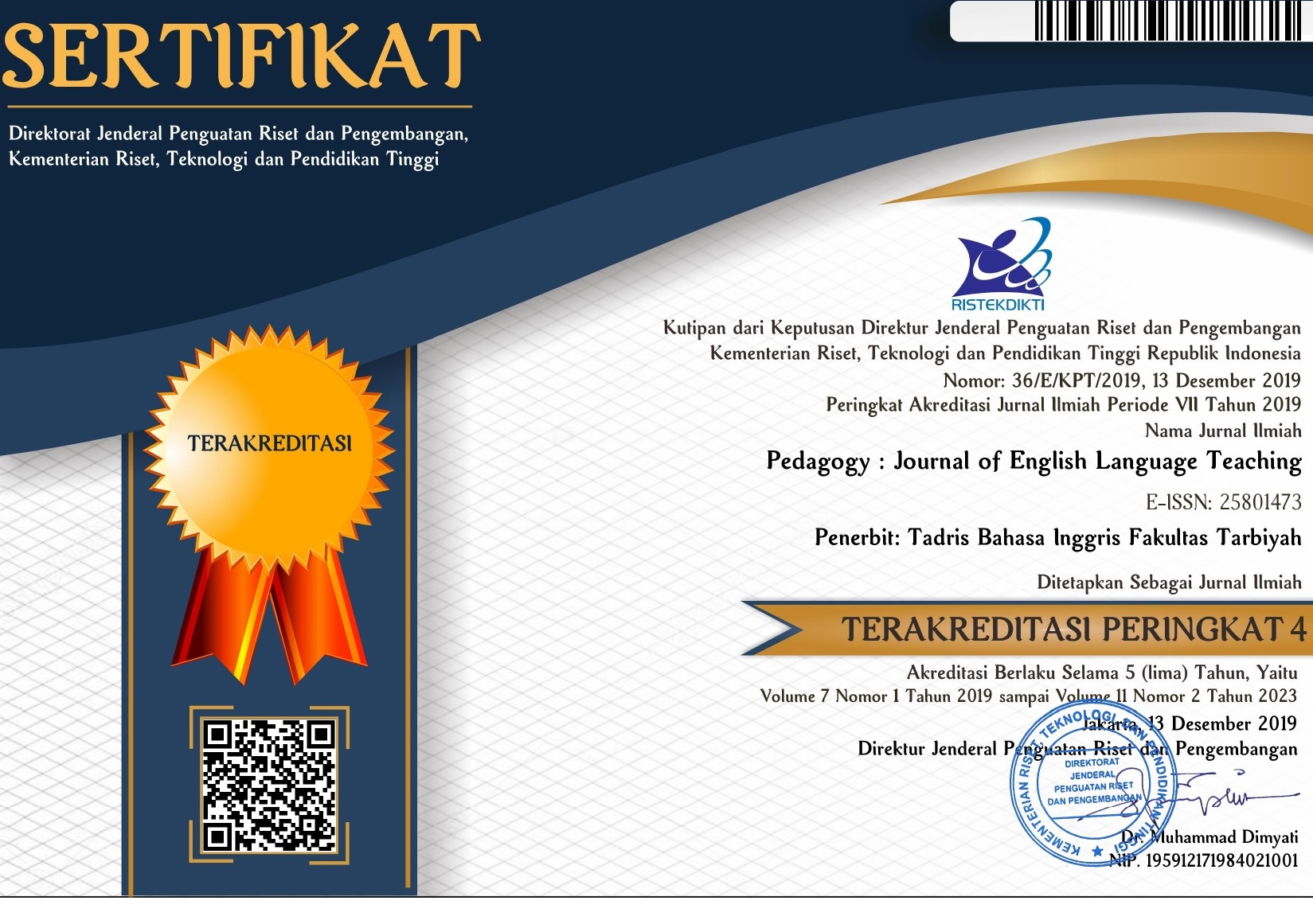Developing Interactive Learning Multimedia Based on Simulation Model
DOI:
https://doi.org/10.32332/joelt.v9i1.2687Keywords:
English smile, interactive multimedia, reading section, simulation modelAbstract
The purpose of this research is to develop interactive multimedia namely Smile English that can be used as the media for learning reading especially for self-preparation on the Test of English for International Communication (TOEIC) material. This reading interactive media used a simulation model. This idea exploded after observing and collecting the data in the internal environment of Politeknik Negeri Batam Based on the placement test, it was found that about 540 (49,23%) of Polibatam students' test were categorized into the intermediate level and the rest were elementary and novice level. It means that the students need to improve their preparation before taking the test to an accomplished better score. Smile English was developed by using R and D research. In this case, the researcher followed the step of the Luther-Sutopo method which was started from concept, design, material collecting, assembly, testing, and distribution. It was designed using Adobe Flash software which in this software combined text, sound, and animation. The research result showed that the implementation of Smile English was successful to help the students in preparing themselves for the TOEIC test. Therefore, 60 students from Politeknik Negeri Batam had a good result in joining the TOEIC test, especially for the reading section.References
Downloads
Published
2021-06-23
Issue
Section
Articles
















